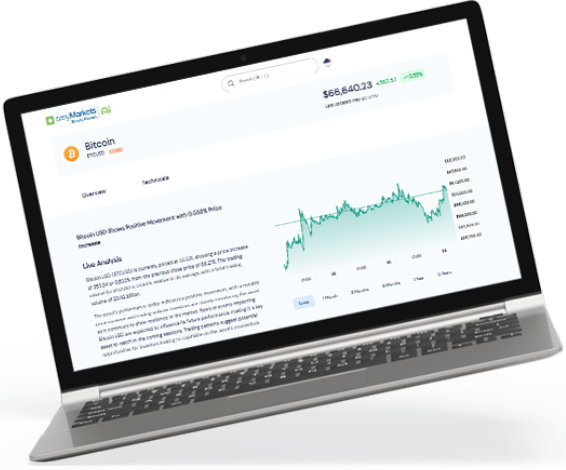The Impact of the U.S. Foreign Aid Freeze on Financial Markets and the Dollar

The recent decision by the U.S. government to freeze part of its foreign aid has raised global concerns. Countries like Ukraine and Thailand have been the most affected by this measure, which aligns with the "America First" strategy aimed at redirecting resources toward domestic needs. Beyond its geopolitical impact, this decision has had moderate and temporary repercussions on financial markets and the value of the dollar.
The Importance of U.S. Foreign Aid Today
In recent years, U.S. foreign aid has been crucial in maintaining economic and political stability in several strategic countries. Ukraine has been the largest beneficiary, receiving more than $75 billion in assistance since the start of its conflict with Russia. This aid has enabled the country to sustain its defense and infrastructure amid the war. However, with the recent freezing of these funds, Ukraine now faces serious challenges in maintaining its economy and military capacity. Beyond the conflict in Eastern Europe, other nations such as Thailand, Israel, and several Middle Eastern allies have also depended on these funds to strengthen their economies, infrastructure, and security. The suspension of these funds puts U.S. global influence at risk, creating an opportunity for other geopolitical players, like China and Russia, to expand their dominance. This foreign aid freeze not only carries diplomatic consequences but has also triggered a response in financial markets and the dollar’s value.
Context of the Aid "Freeze"
The United States allocates approximately $51 billion in foreign assistance, with Ukraine being one of its main beneficiaries, receiving over $75 billion in aid since the beginning of its armed conflict with Russia. According to the U.S. government, the primary goal of this measure is to prioritize domestic spending and reduce the fiscal deficit. But is this truly the case, or is it a strategy to push for an end to the conflict? For Ukraine, this budget cut represents a significant blow to its defensive capabilities against Russia.
Reaction of Financial Markets
Despite the geopolitical significance of this decision, U.S. markets have remained relatively stable for now. However, several financial indicators suggest growing concern: The U.S. Dollar Index (DXY) has shown a downward trend since Donald Trump took office. Although some comments regarding tariffs briefly boosted the currency, the dollar has depreciated by approximately 0.40% in the past two weeks. Treasury Bonds and Interest Rates have shown an unusual trend. Bond yields have risen sharply, contradicting the Federal Reserve’s (FED) rate-cutting policy. This scenario is often observed before a recession. However, in recent days, bond yields have corrected downward. Jerome Powell, the FED chairman, reaffirmed in his latest monetary policy meeting that his main commitment remains to lower inflation to desired levels, regardless of political pressure to cut interest rates further. This suggests that the FED will maintain its independence from the Trump administration.
Commodities and Emerging Markets
The uncertainty created by U.S. economic policy has directly impacted commodities and emerging markets. Gold, as a safe-haven asset, has experienced a spectacular surge, reaching a new all-time high of $2,794.18 per ounce. This suggests that investors are seeking protection amid uncertainty regarding U.S. economic policies. International stock markets have reacted with volatility to the possibility of new restrictive tariffs. Mexico has been identified as one of the most affected countries, facing a possible 25% tariff on its exports, generating uncertainty in emerging markets.
Conclusion
The freezing of U.S. foreign aid not only has geopolitical implications but also affects financial market stability. The strengthening of gold, the decline of the dollar, and uncertainty in Treasury bonds signal that investors are adjusting their expectations. As Trump’s administration policies unfold, it will be crucial to monitor global trade and monetary relations. The economic future of the U.S. appears to be taking a more nationalist direction, raising an essential question: Will this strategy strengthen the country in the long run, or will it create new tensions in the global economy? As always, only time will tell, and the final opinion belongs to the reader.


































